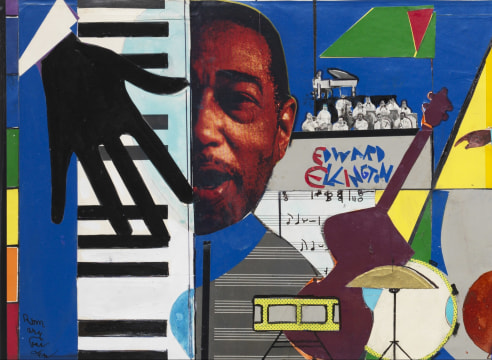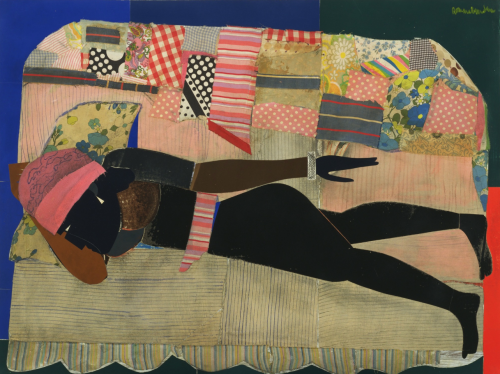

By adopting a multidisciplinary approach, between art history and the history of ideas, this exhibition looks at aesthetic, political, social and racial issues as well as the imaginary that reveals the representation of black figures in the visual arts, the abolition of slavery in France (1794) to the present day. While offering a continuous perspective, it focuses on three key periods: the era of abolition (1794-1848), the period of the New Painting to the discovery by Matisse of the Harlem Renaissance and the beginnings of the avant-garde of the twentieth century and the successive generations of post-war and contemporary artists.
The exhibition is mainly interested in the question of the model, and therefore the dialogue between the artist who paints, sculpts, engraves or photographs and the model that poses. She explores in particular the way in which the representation of black subjects in the major works of Théodore Géricault, Charles Cordier, Jean-Baptiste Carpeaux, Edouard Manet, Paul Cézanne and Henri Matisse, as well as photographers Nadar and Carjat, evolves.